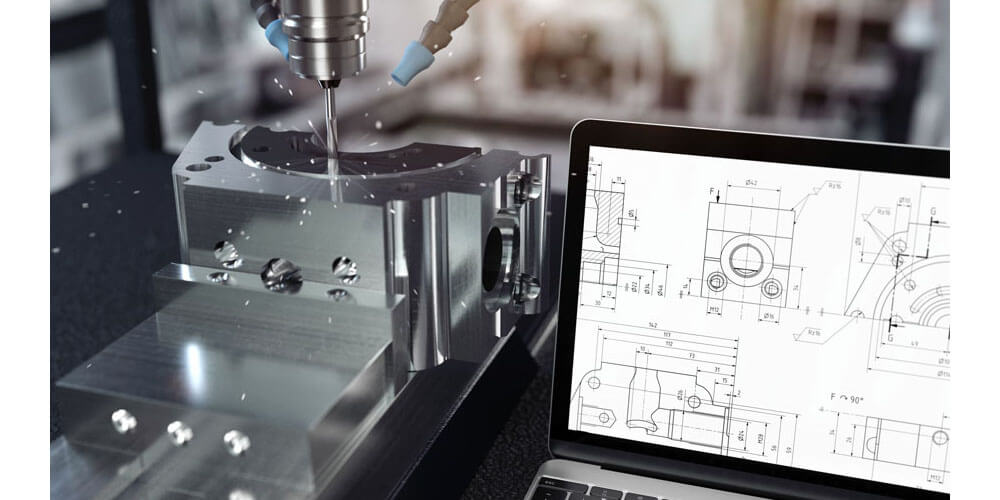Computer Numerical Control (CNC) machining is a subtractive technology that removes materials from an object using cutting tools to create the desired part. The process controls various machines such as grinders, mills, lathes, and routers. Companies providing CNC services are increasing with time. Check out CNC machining parts for the best products. In this extract, we look at the merits of CNC machining.
Merits of CNC Machining
CNC machining is an automated process; hence more industries are using it. Choosing it over manual machining has proved to have significant benefits such as:
1. Increased Productivity
Computers control the manufacturing process, increasing the speed and quality of items produced. Unlike with the traditional manual machines, this process is continuous. You can walk away and still get the work done. Breaks involving malfunctions, maintenance issues or time off for the employees are not necessary. This makes the process efficient and increases the rate of production. CNC machining also promotes safety as the operators don’t have to be near the machines. They can view what’s happening through the glass, protecting them from sharp parts and dangerous cooling fluids.
2. High Cutting Parameters
Machines move at high-speed, producing chips and coolant fluid spray into the air. High pressure is required to achieve this, and when the rates hit 10000 rpm and above, it is impossible to use manual processes. The speed of feeding the machine must be stable to avoid vibrations; hence CNC machining is recommended.
3. Reduced Cost of Labour
The traditional manufacturing process required each machine to be attended to by an operator. A large number of workers were needed to keep an industry running. With CNC machining technology, the machine tools can be operated by a single person. Their automated nature makes them perform without help. They move and cut seamlessly, and the operator only checks for errors in the program. Companies save the right amount of money due to the reduced human resources.
4. Design Retention
A machine is usually programmed with Computer-Aided Design (CAD) software. Once a design is fed into the software, a prototype is created. This allows the program to replicate and retrieve the design and develop a similar object with the exact specifications. You don’t have to check external records for intricate designs as they are created easily in a short time. Multiple functions are produced in the process, which cannot be replicated using manual operations.
5. Suitable for a Variety of Materials
With few exceptions, CNC machining accommodates a wide range of materials. They include stainless steel, mild steel, aluminum, titanium, and some plastics. It is ideal for companies that deal with more than one raw material to produce their products.
6. Fewer Test Runs
Test runs are standard with conventional machining. The operator must become familiar with the technology to avoid mishaps or missing some things while on the first part. CNC technology has a way of preventing test runs. They have a visualization system that enables the operator to see what will happen next after the tool passes are completed.
Manufacturing possibilities of CNC machining
CNC technology can be applied in:
- Prototyping- this is the process of creating a design for a product or part
- Production- this is the process of bringing the design or prototype to life
- Tooling- this is the process of manufacturing tools used in prototyping and production
Conclusion
CNC machining has made the manufacturing of products more straightforward, with fewer errors. Note, it is suitable for significant operations or competitive industries that need complex shapes and designs. They gain an edge due to the accuracy, precision, and efficiency of the machines.
